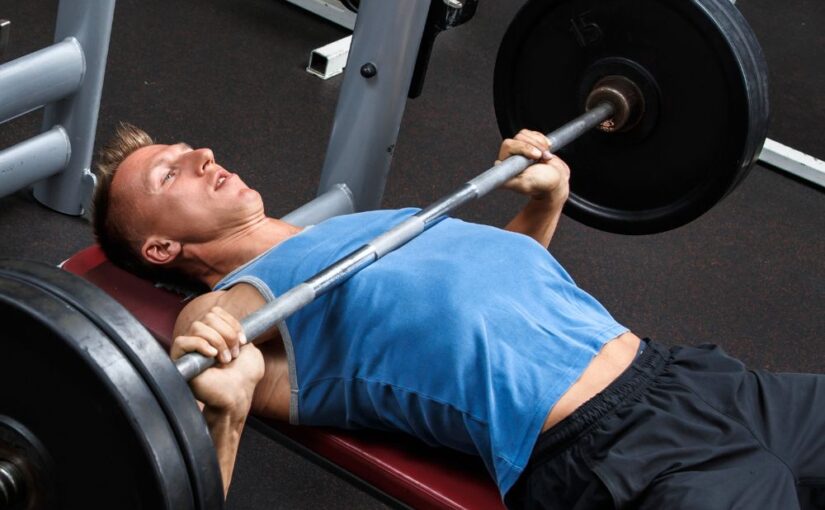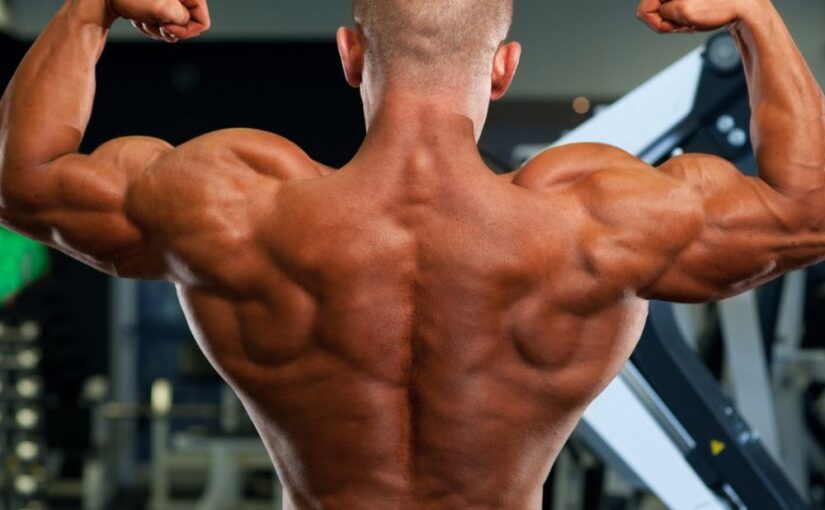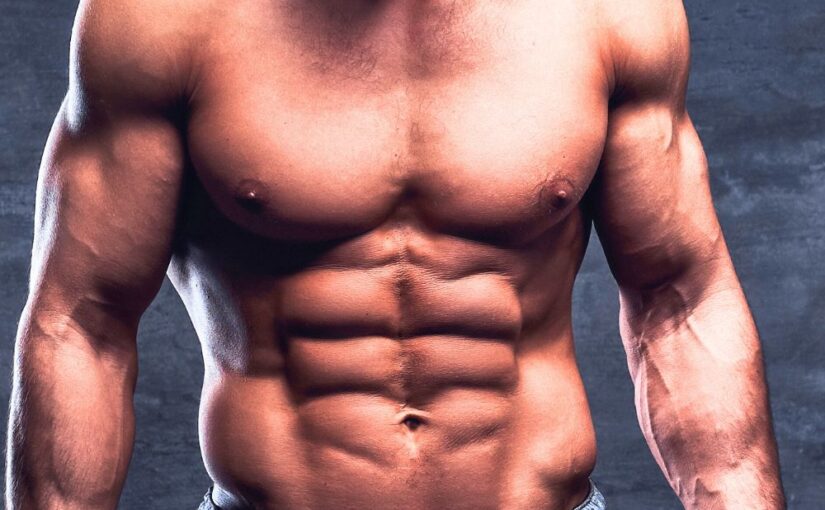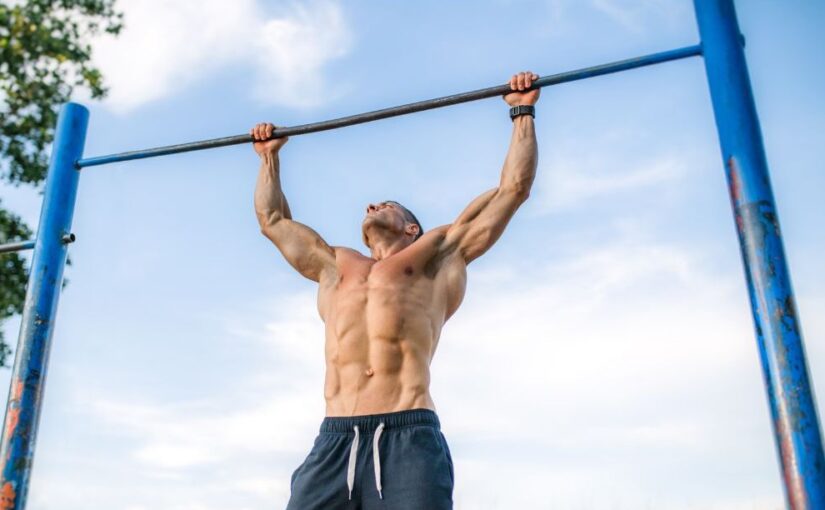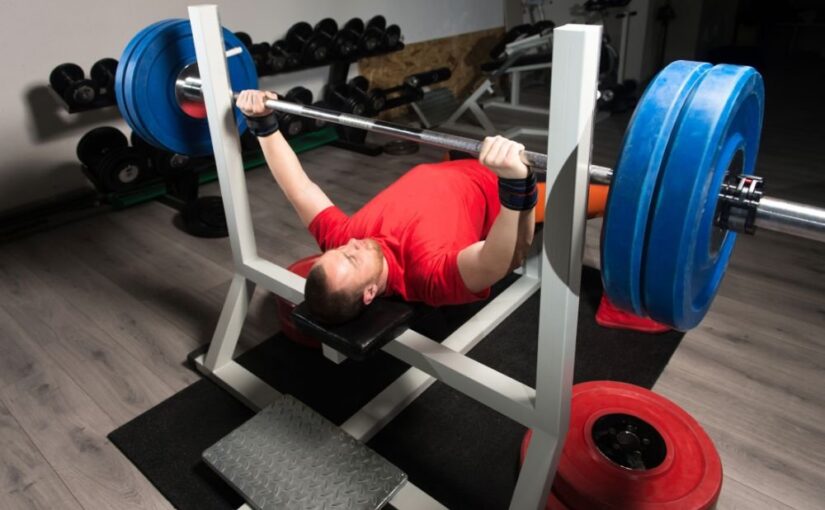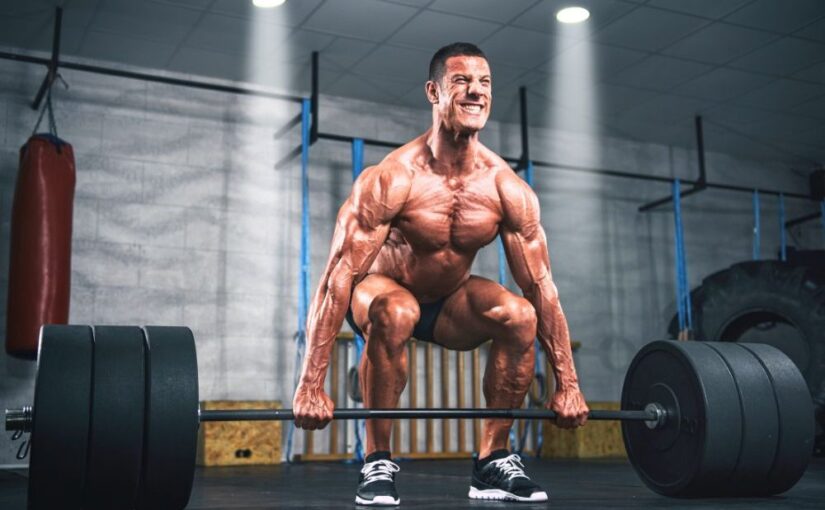When it comes to strength training, the debate surrounding the role of accessory lifts often arises. Many lifters focus primarily on compound movements, such as squats, deadlifts, and bench presses, which are known for building strength. However, accessory lifts—exercises that target specific muscle groups and complement compound lifts—also play a critical role in any training regimen. This article explores whether accessory lifts contribute primarily to gaining strength, hypertrophy, or both.
Understanding Accessory Lifts
Accessory lifts are exercises that target specific muscles or movement patterns. They are typically lighter in weight and designed to support the primary lifts by improving muscle imbalances, enhancing stability, and increasing overall muscle endurance. Examples of accessory lifts include:
- Bicep curls
- Tricep extensions
- Lunges
- Dumbbell rows
- Shoulder raises
Accessory Lifts for Hypertrophy
1. Muscle Growth
Accessory lifts can significantly contribute to hypertrophy, which is the increase in muscle size. These exercises isolate specific muscles, allowing for targeted fatigue and greater muscle damage, both of which are key factors in muscle growth. By incorporating accessory lifts into a workout routine, you can ensure that all muscle groups are adequately stimulated, leading to balanced development.
2. Increased Time Under Tension
Many accessory lifts allow for greater time under tension (TUT), a critical factor in hypertrophy. By performing exercises with controlled movements and higher repetitions, lifters can create more metabolic stress on the muscles, further promoting growth.
3. Variety in Training
Incorporating accessory lifts can add variety to a training program, preventing monotony and keeping workouts engaging. This variety can help avoid plateaus in muscle growth by continually challenging the body in different ways.
Accessory Lifts for Strength
1. Supporting Compound Lifts
While accessory lifts are often associated with hypertrophy, they also play a crucial role in developing strength. Many accessory exercises focus on stabilizing and strengthening the muscles involved in compound lifts. For example, strengthening the hamstrings through deadlifts or lunges can improve overall squat performance.
2. Addressing Muscle Imbalances
Muscle imbalances can hinder strength development. Accessory lifts can target weaker muscle groups, helping to correct these imbalances and ensure a more powerful and stable performance during compound lifts. For instance, strengthening the triceps can lead to improved bench press strength.
3. Improved Technique and Form
Accessory lifts can help improve the technique and form of primary lifts. By strengthening the supporting muscles, lifters can enhance their ability to perform compound movements more effectively. This not only contributes to better strength gains but also reduces the risk of injury.
Balancing Strength and Hypertrophy
1. Integrating Accessory Lifts
To maximize the benefits of both strength and hypertrophy, it’s essential to integrate accessory lifts into your training program strategically. A balanced approach might involve performing accessory lifts after your primary lifts or as part of a separate workout.
2. Programming Considerations
When programming accessory lifts, consider the following:
- Repetitions and Sets: For hypertrophy, aim for higher repetitions (8-12) with moderate weights. For strength, lower repetitions (3-6) with heavier weights may be more effective.
- Frequency: Incorporate accessory lifts into your routine 2-3 times a week, focusing on different muscle groups each session.
3. Listen to Your Body
Pay attention to how your body responds to accessory lifts. Adjust your program based on your goals, energy levels, and any signs of fatigue or overtraining.
Conclusion
Accessory lifts are not just supplementary; they play a vital role in both gaining strength and promoting hypertrophy. By incorporating these exercises into your training regimen, you can improve muscle imbalances, enhance stability, and increase overall performance in compound lifts. Ultimately, a well-rounded approach that includes both accessory and primary lifts will yield the best results for strength and muscle growth.


